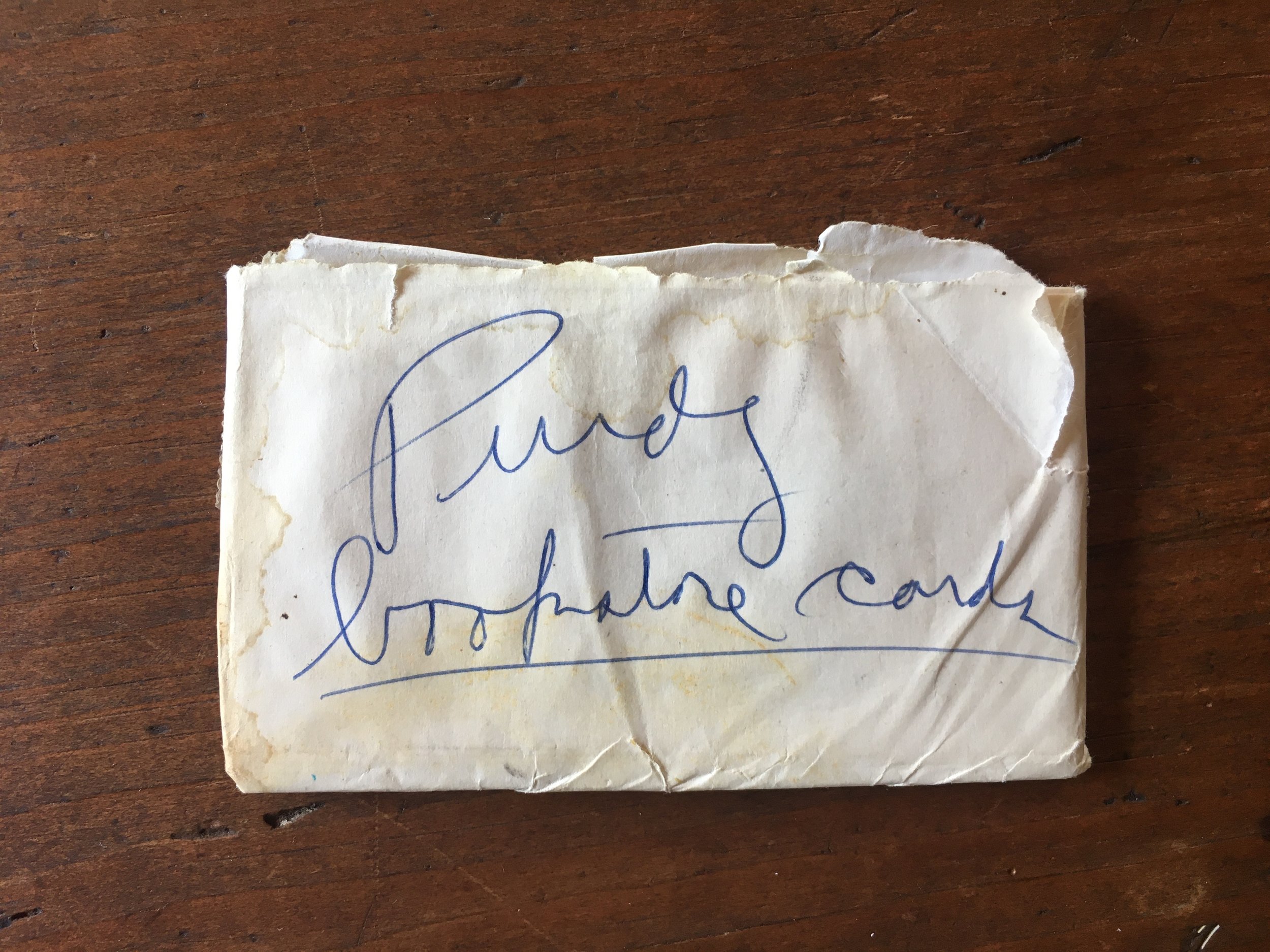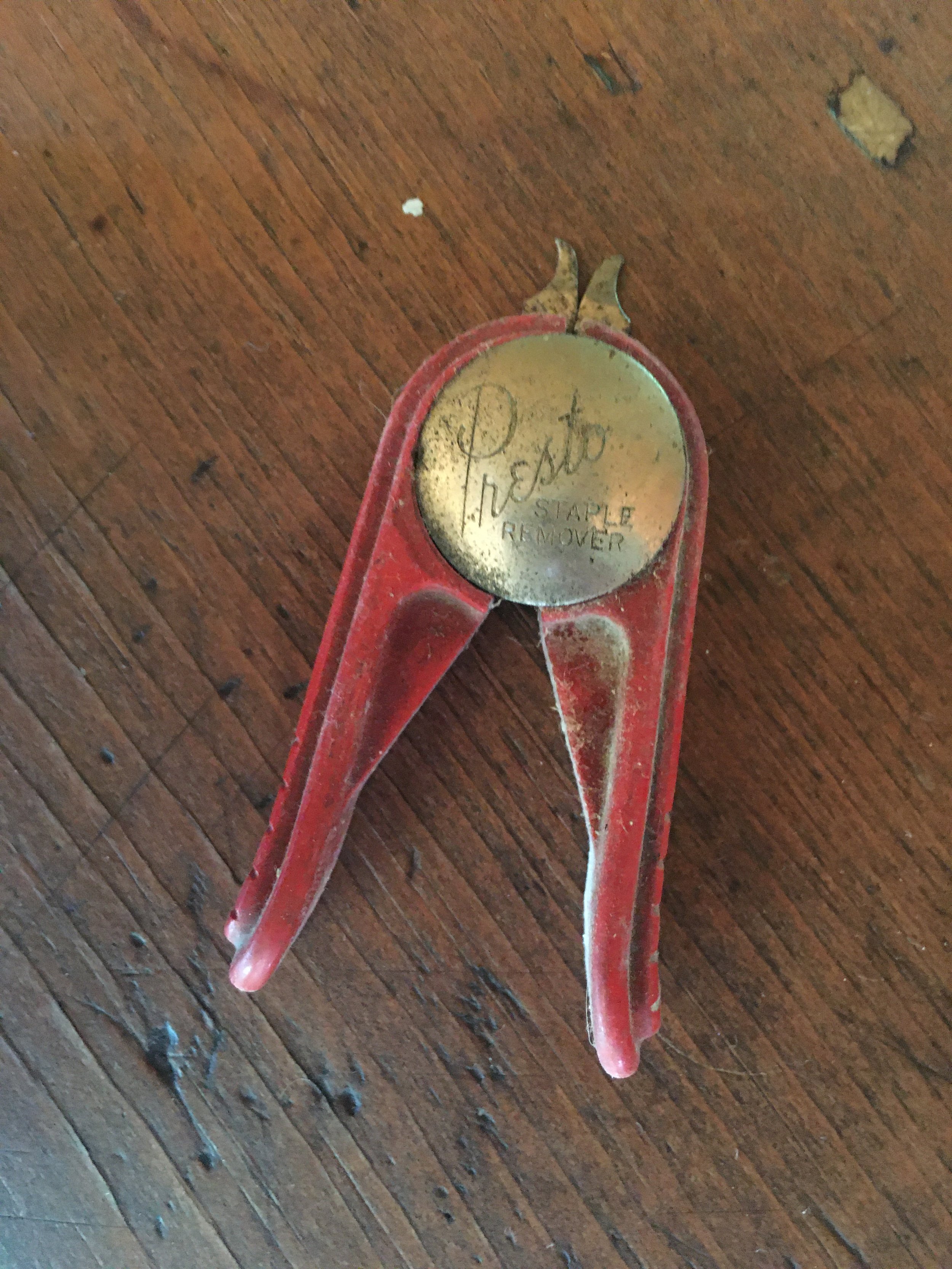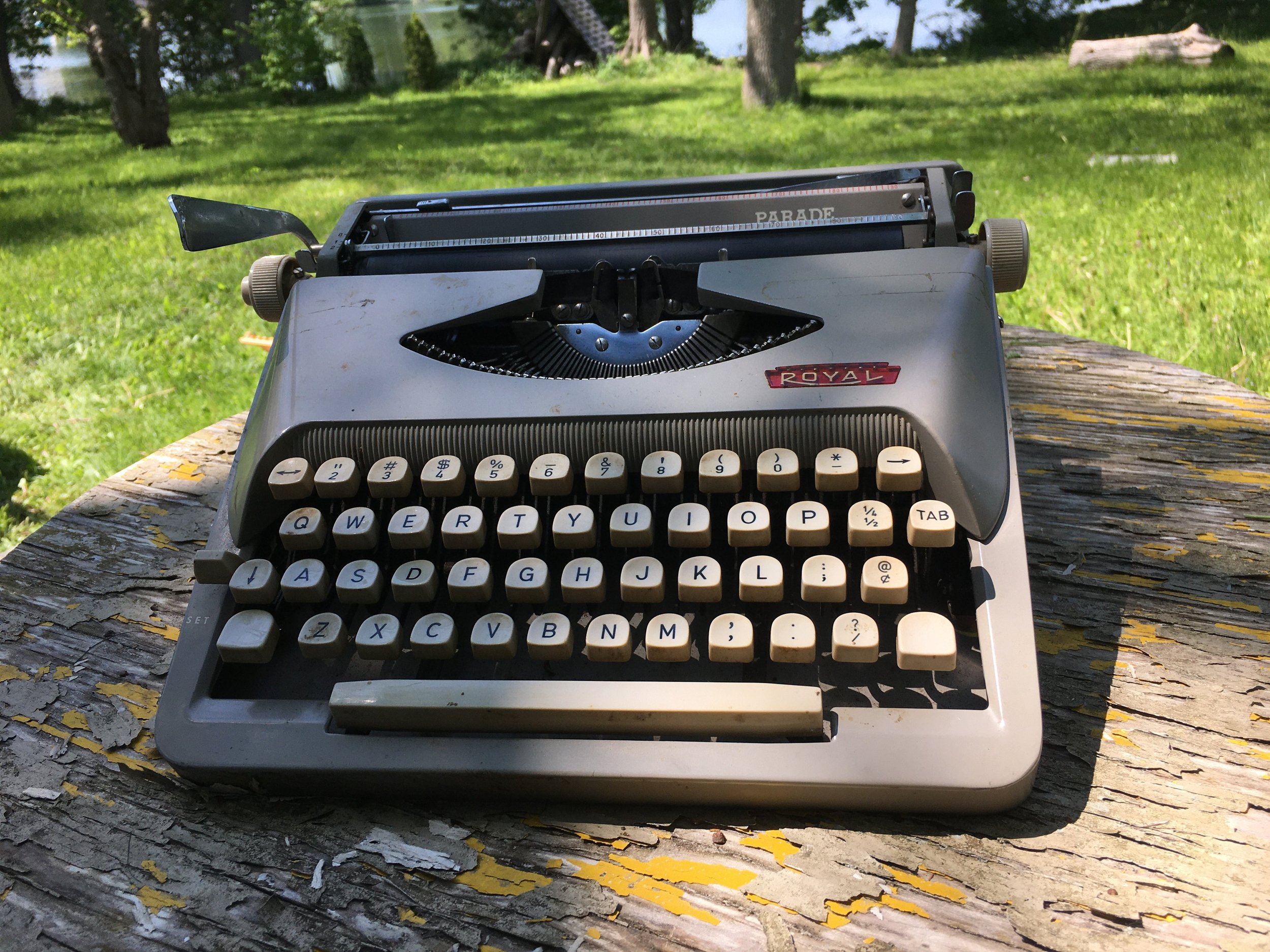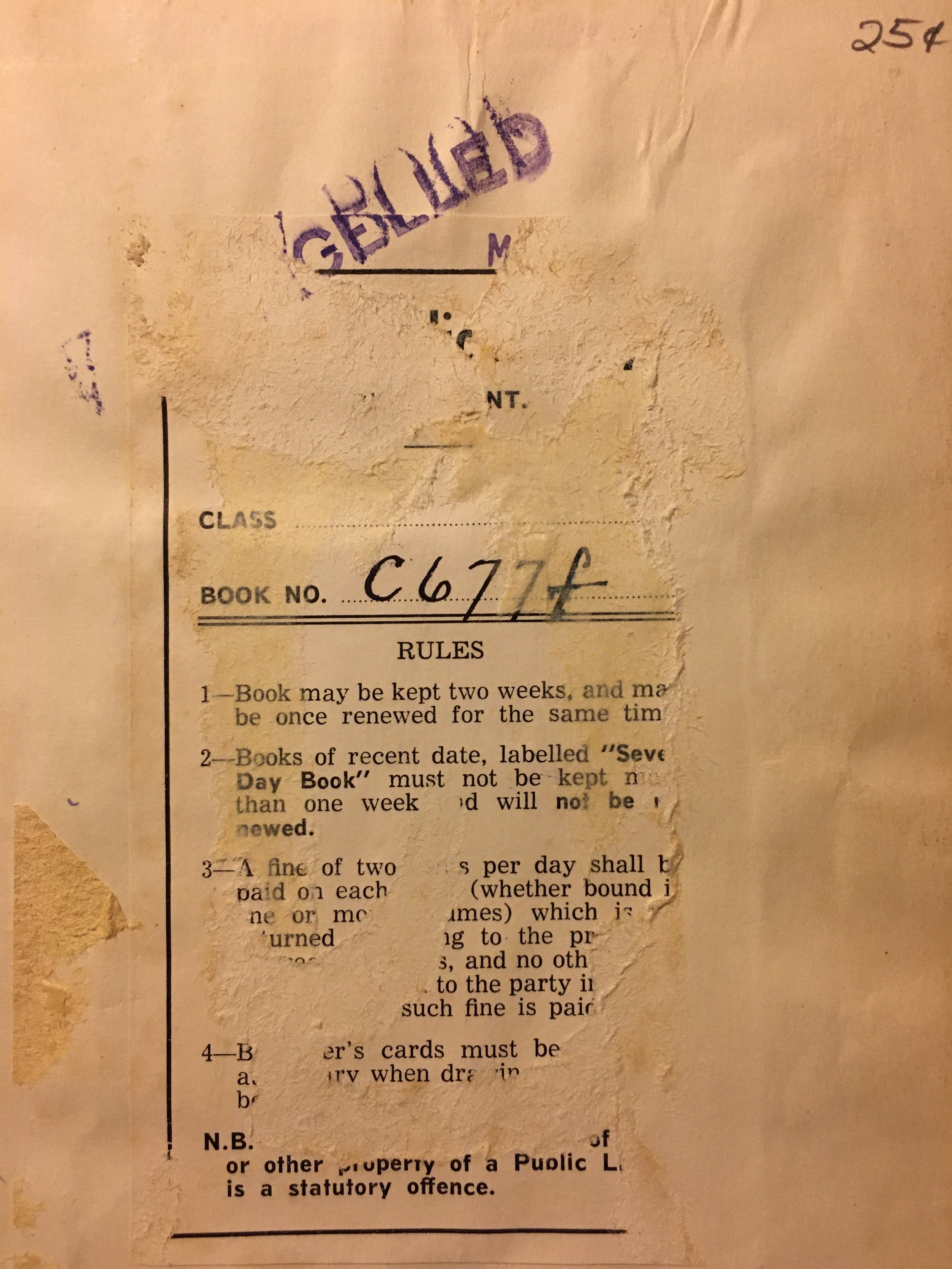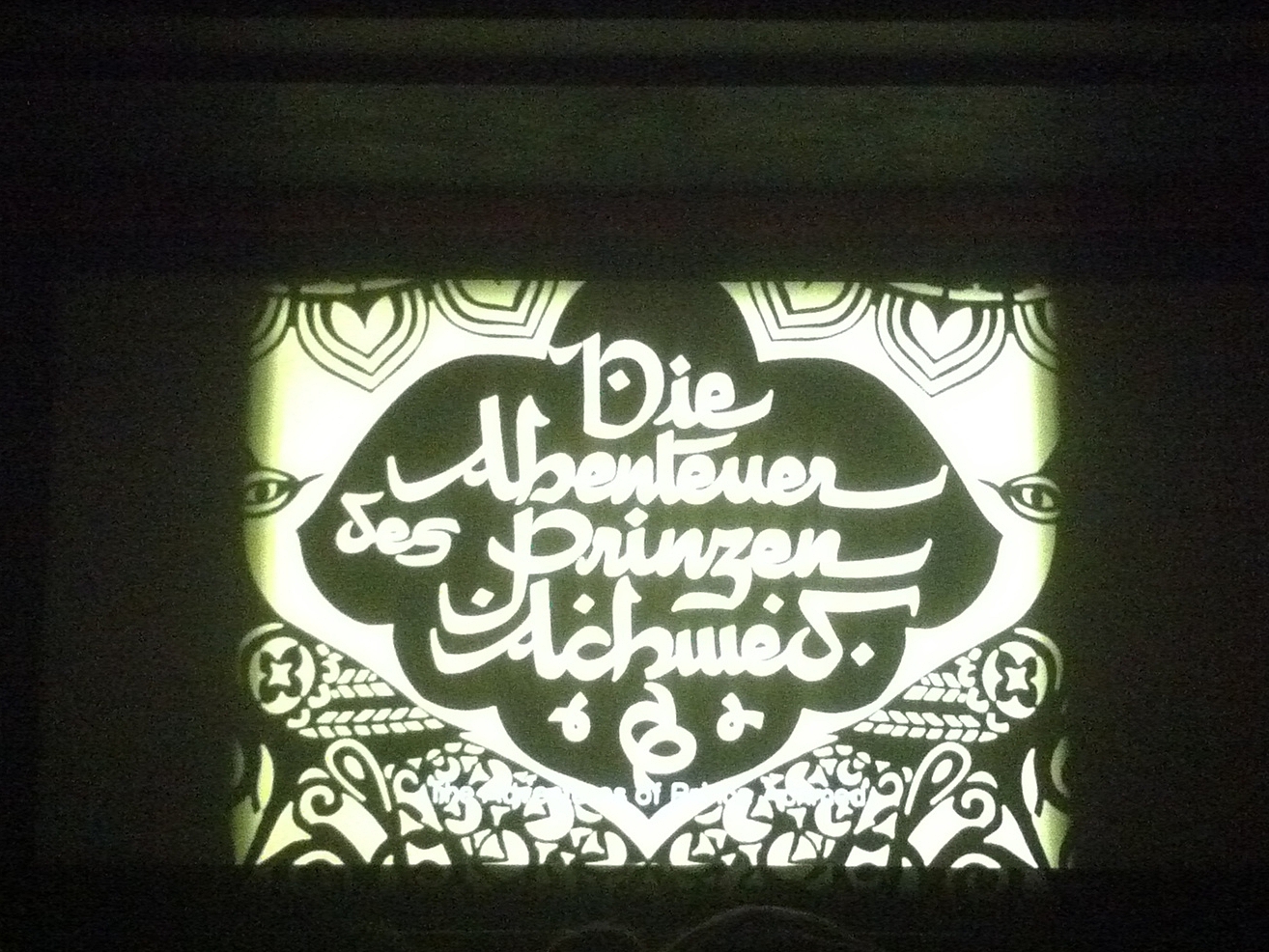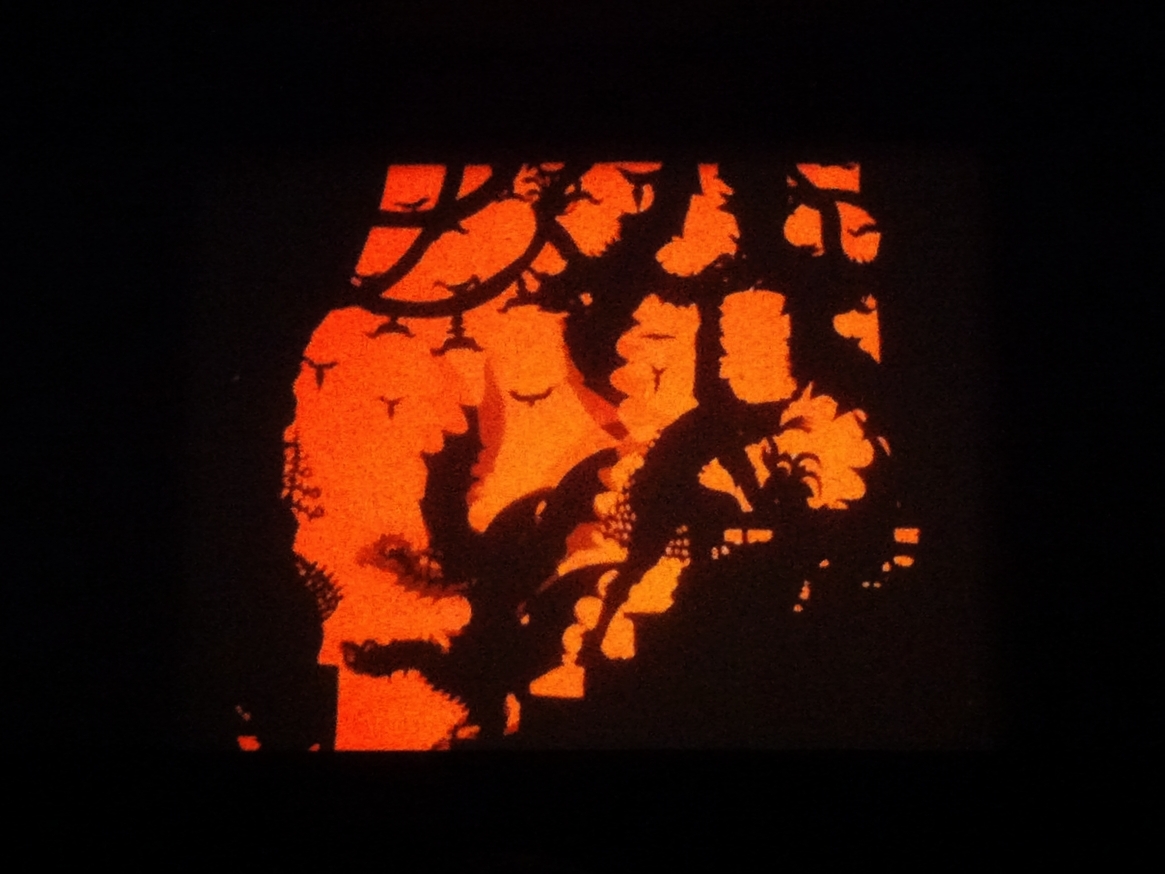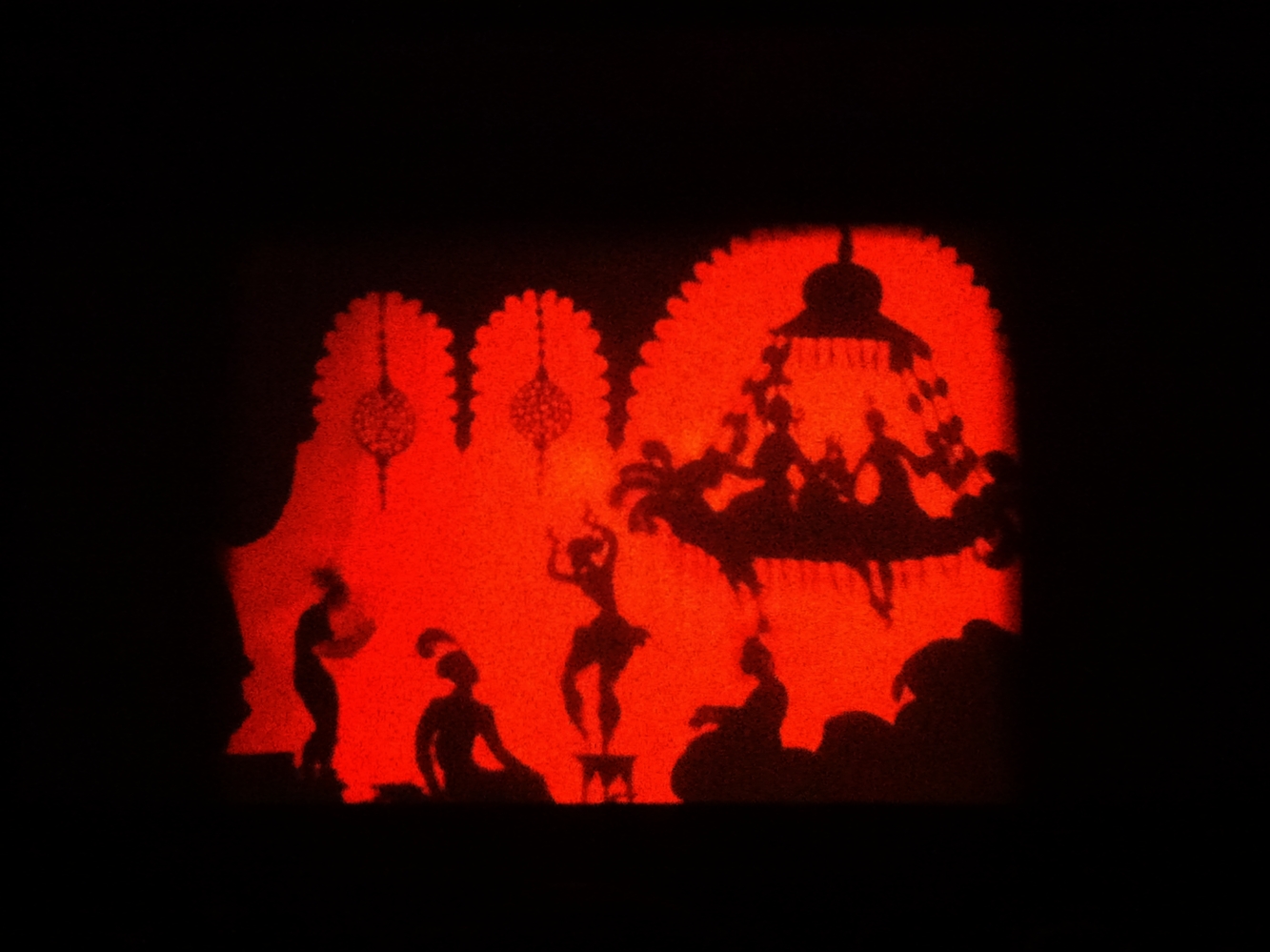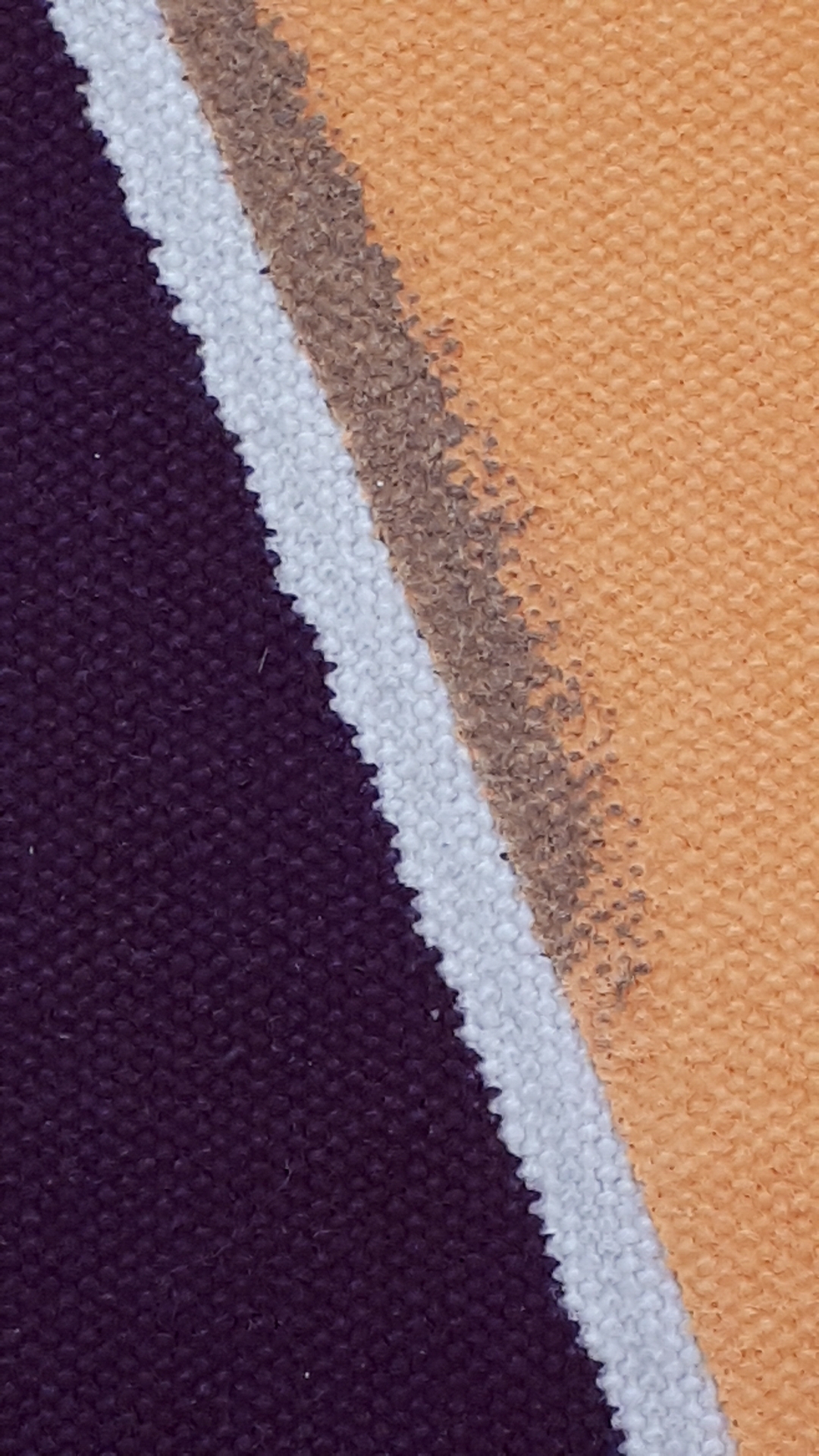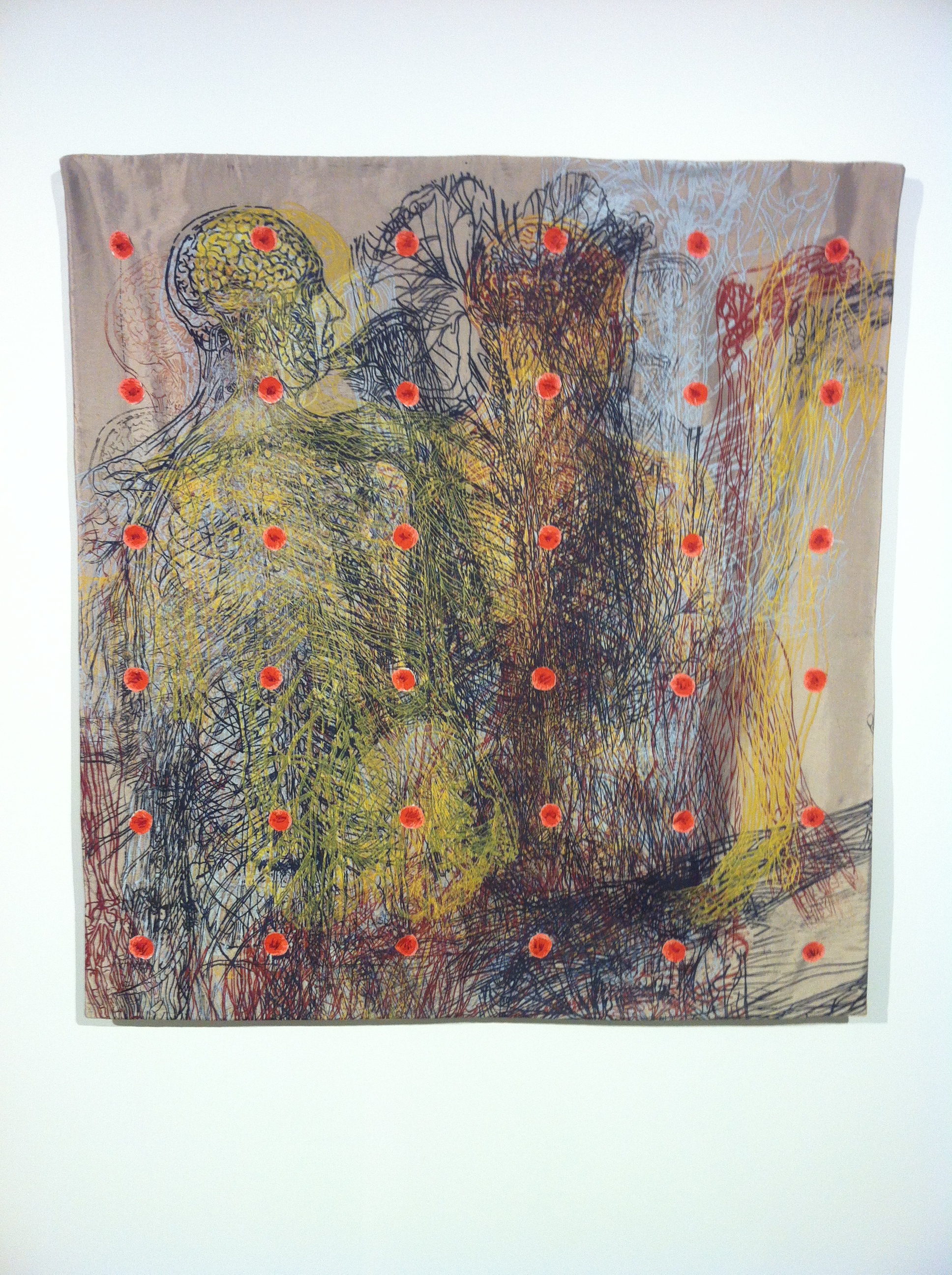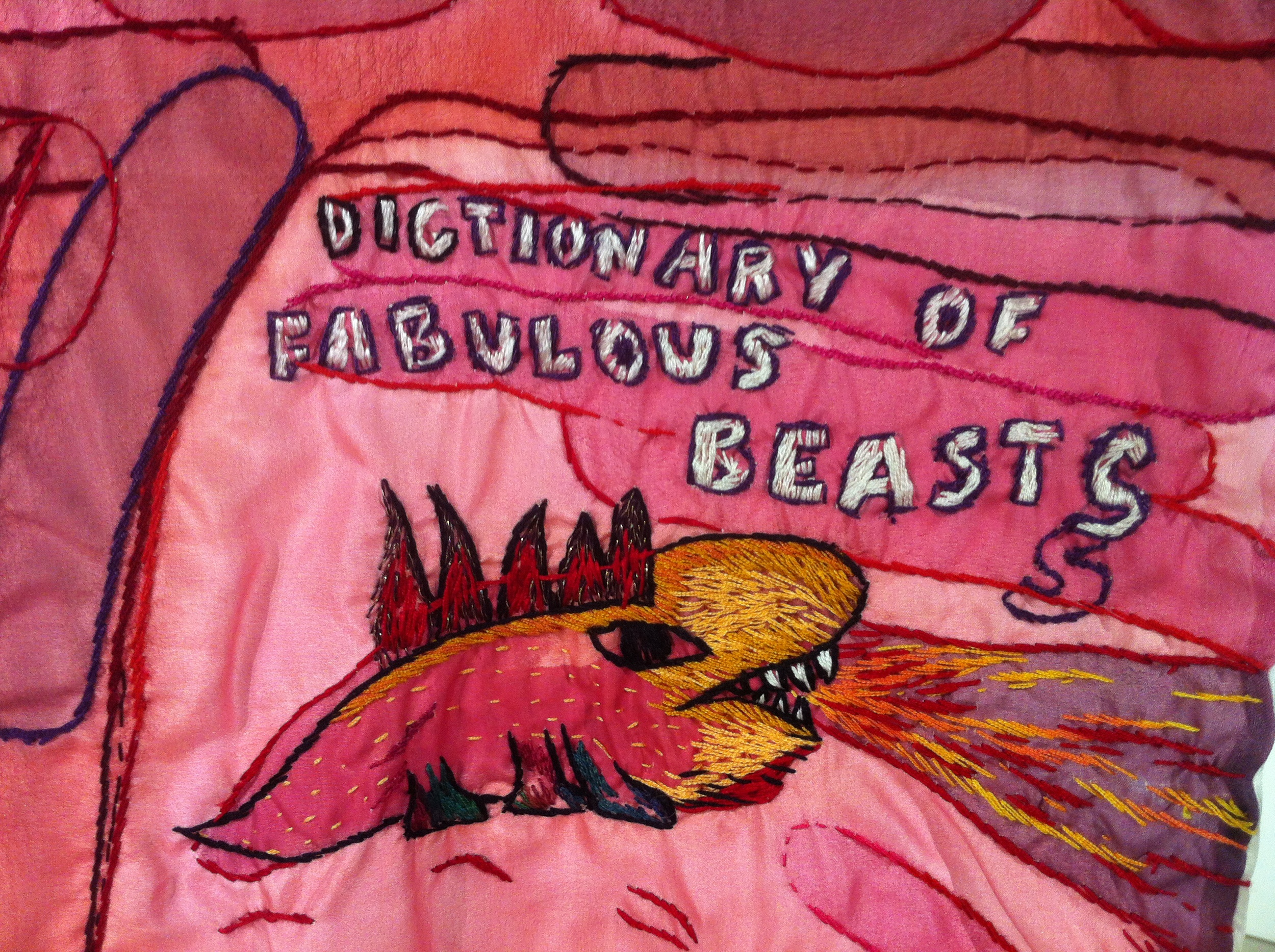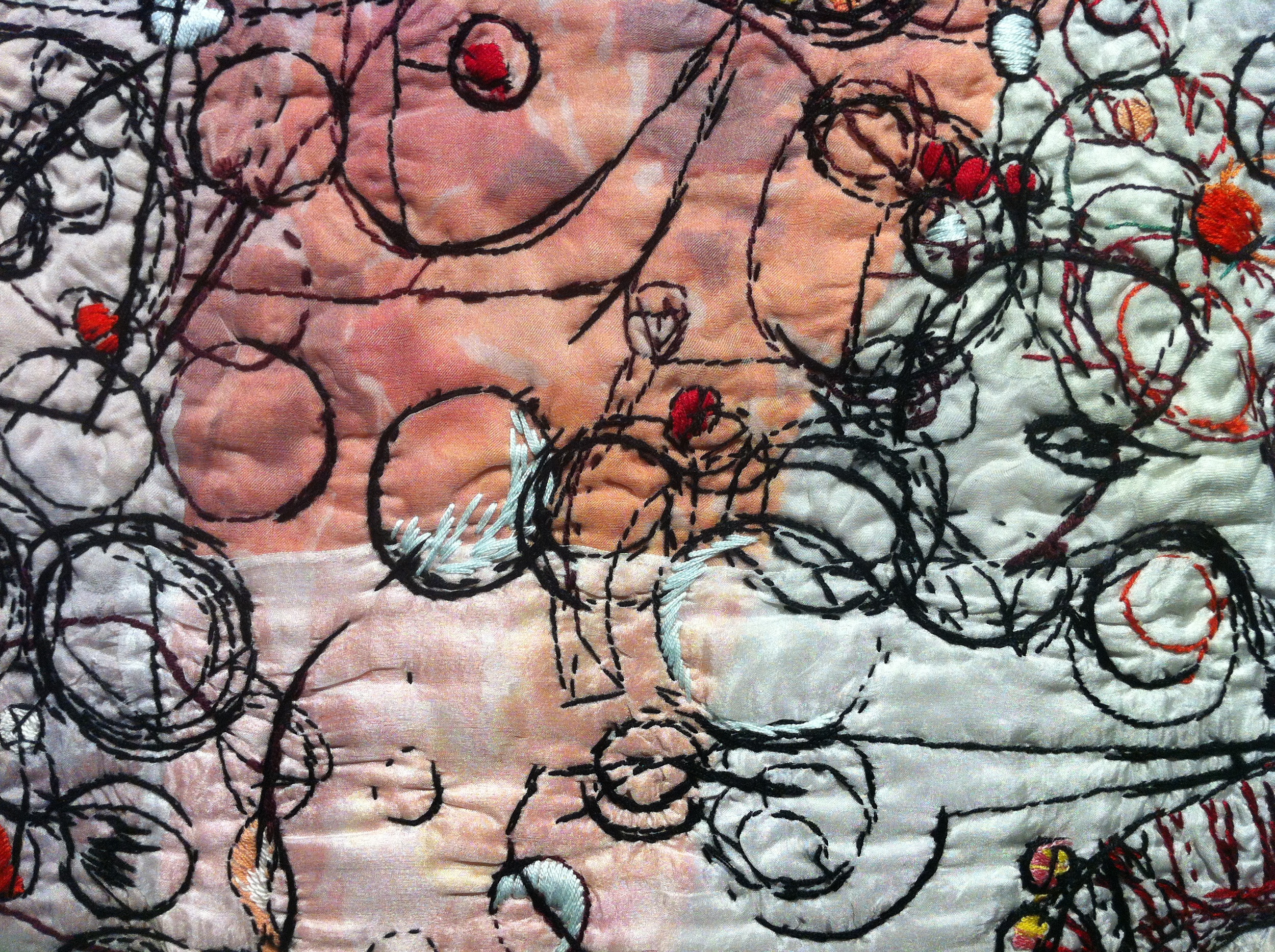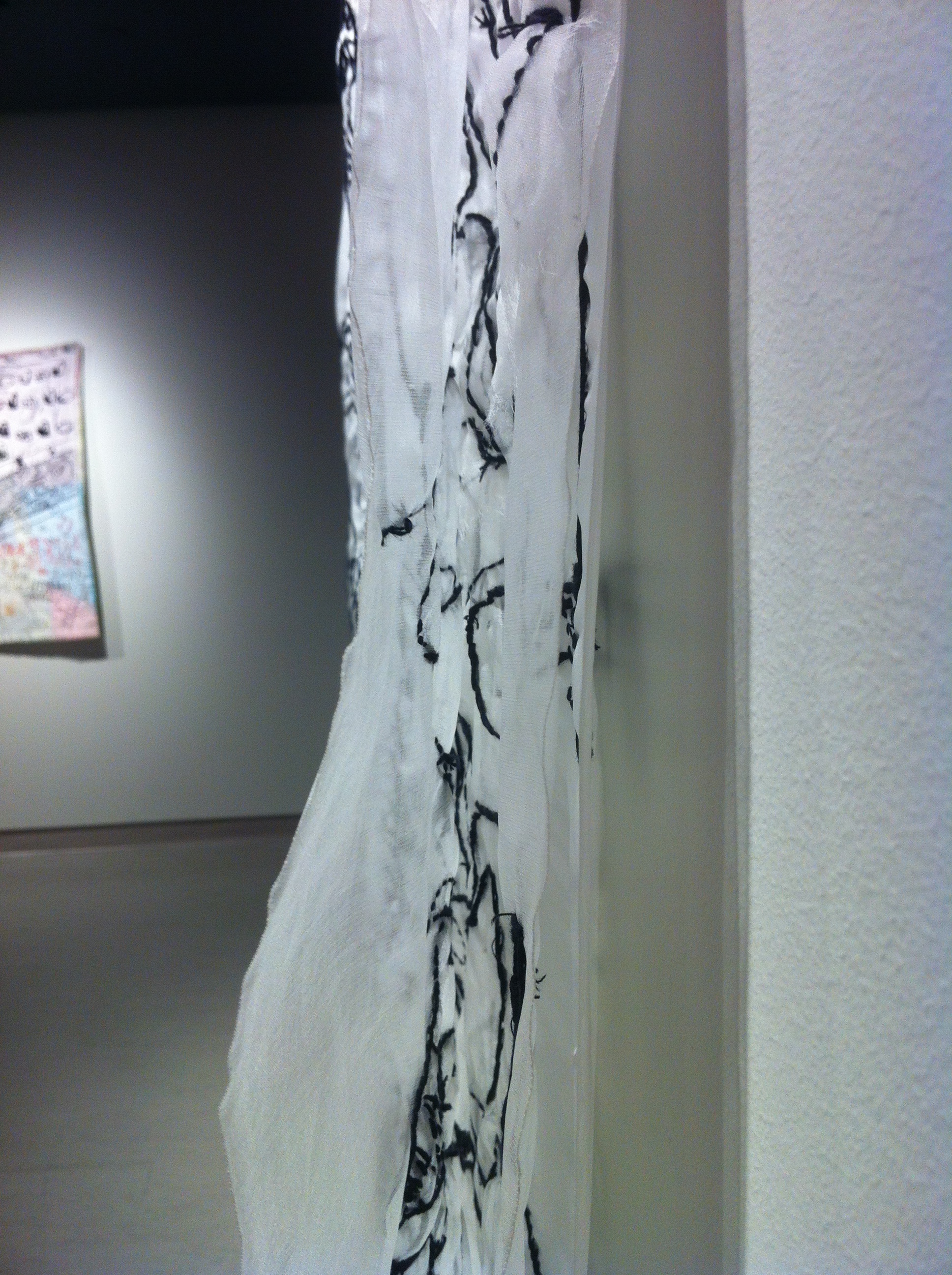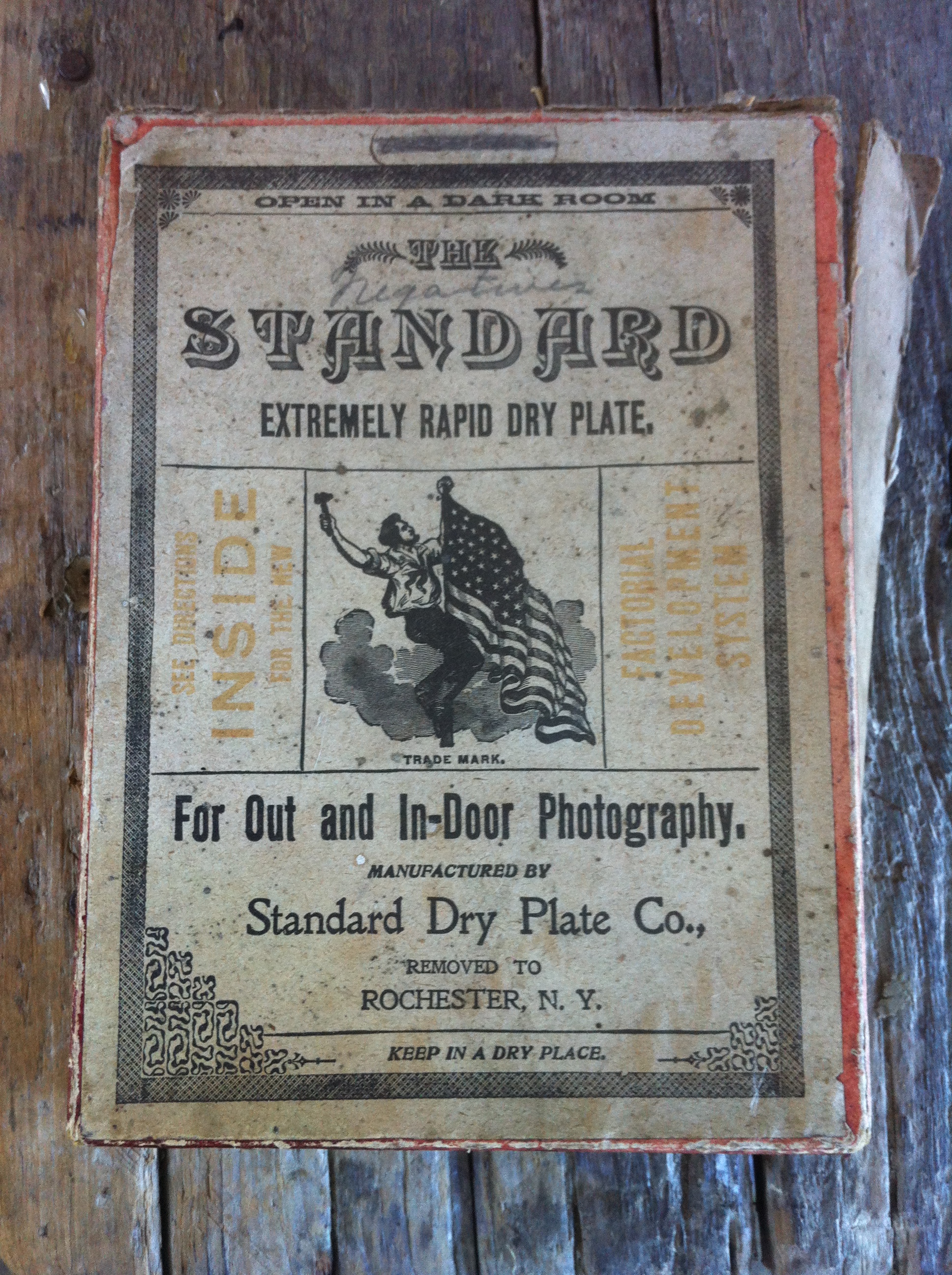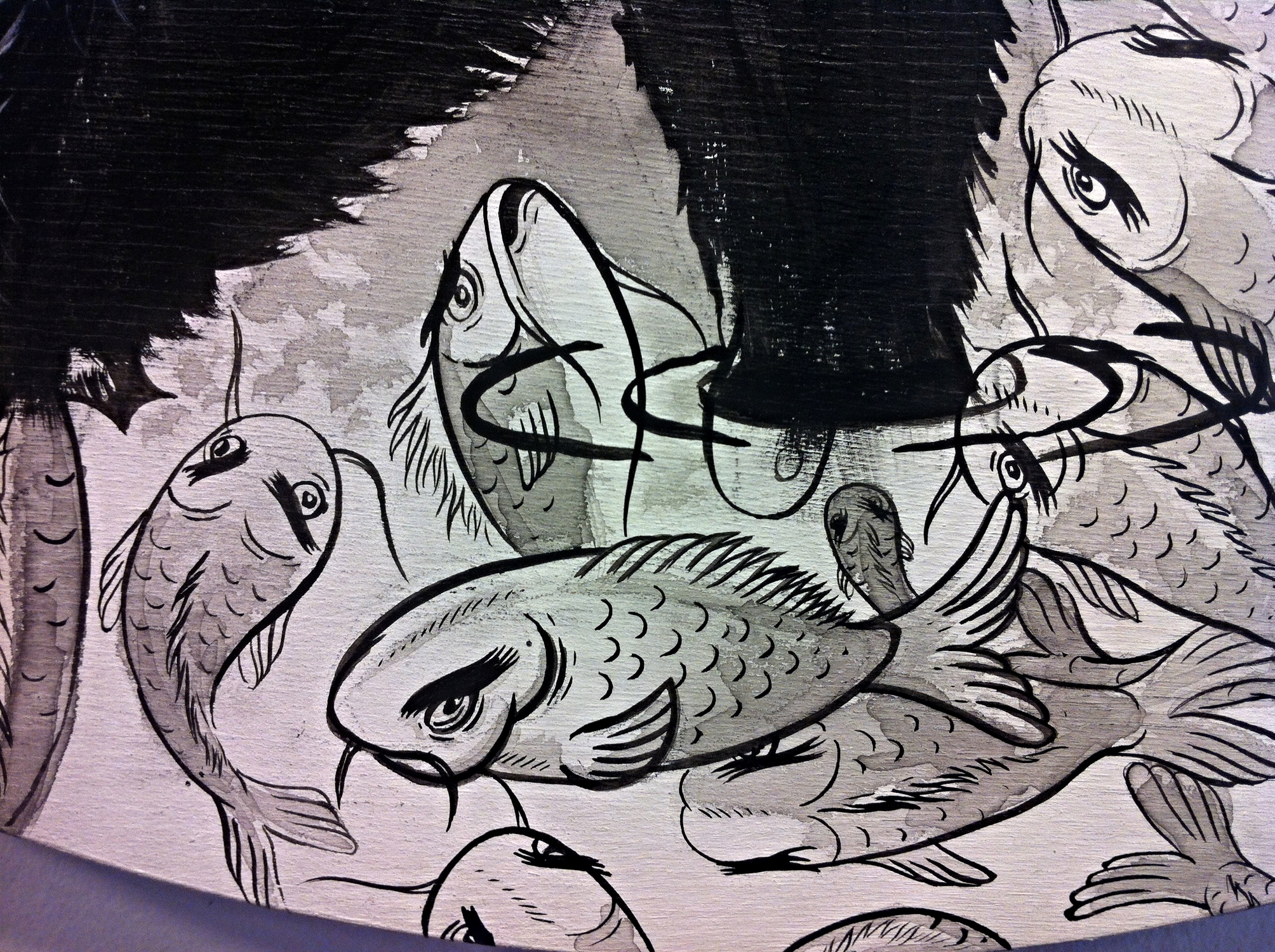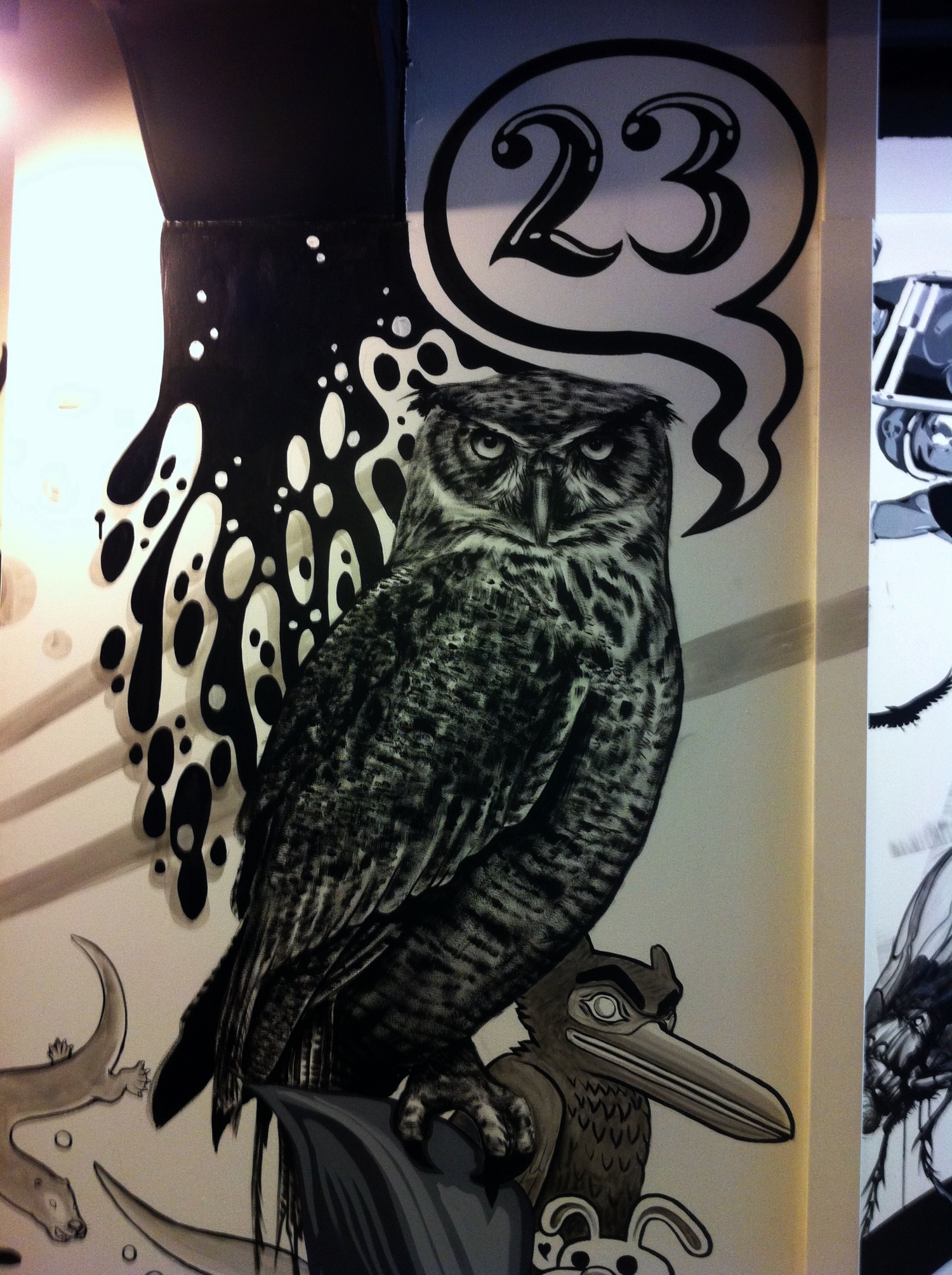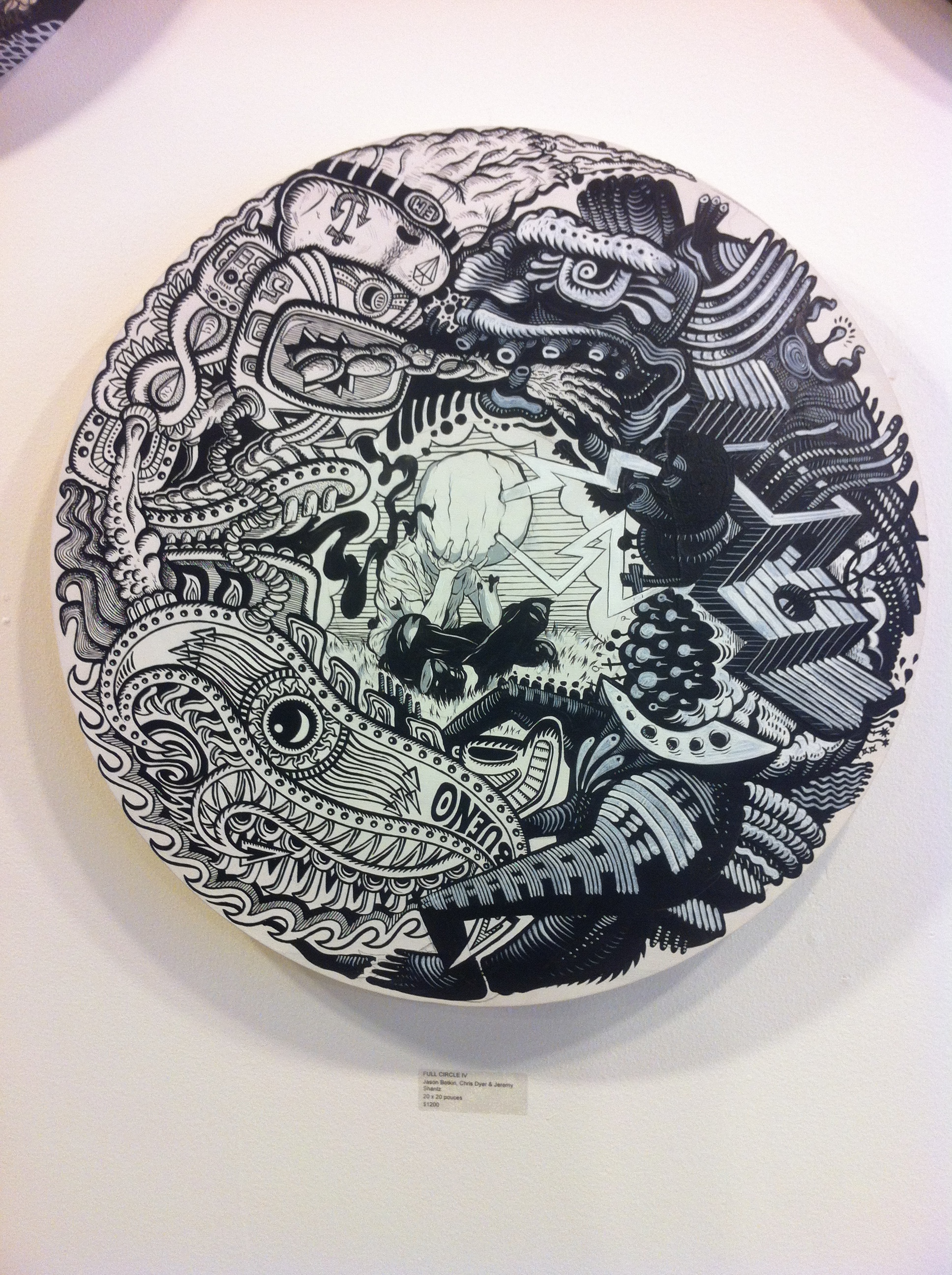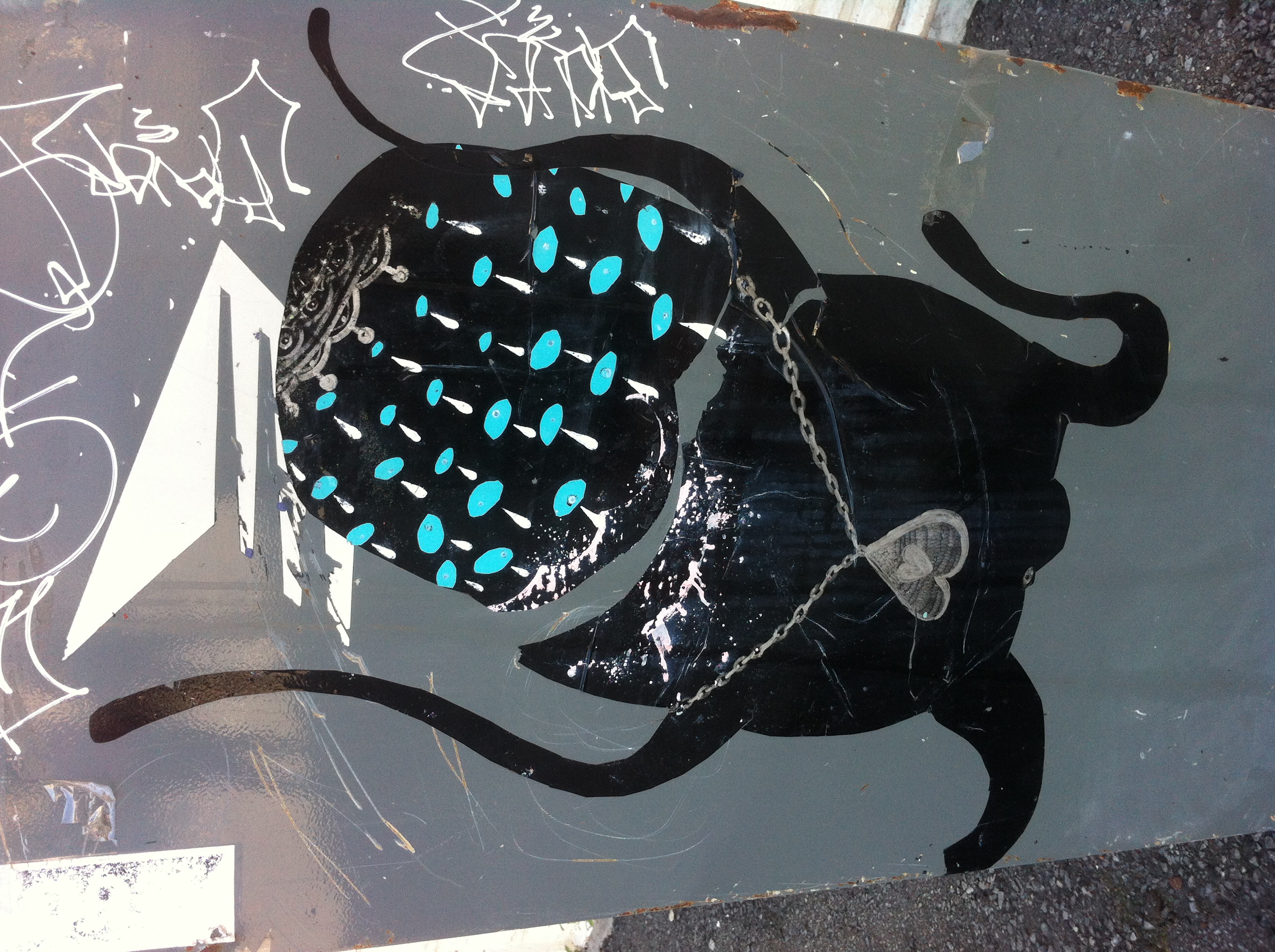Maxwell’s Disappointment –
Sutton’s Accident.
Part One: Historical Context and Technical Clarifications.
In 1861 James Clerk Maxwell presented what is considered the first ever colour photograph. That story is, in fact, a lot more complex and many elements of it have been distorted and misinterpreted through innumerable retellings of this 170-year-old epic saga.
The title of this paper alludes to some of these distortions and what history has gotten wrong I hope to demonstrate through historical fact checking and wetplate recreation what perhaps -even most likely- happened, in order to help set the record straight for future generations.
May 17, 1861, Maxwell delivered a lecture where he demonstrated, using a lantern slide projection, his theory for colour perception in the human eye (based on Young and Newton (Image 1) via the additive colour process known today as RGB. Three images from three separate slide projectors were projected onto a surface. The same colour filters with which they had been photographed placed in front of each lens were then carefully realigned, and what has been called “the first colour photograph” was supposed to have been created.
One would expect that a breakthrough of this magnitude being demonstrated publicly for the first time in history would attract attention of every contemporary scholarly publication and that even some of the daily newspapers would have covered it? There was virtually nothing written about it in the academic or popular press. One would also expect Maxwell to have written about the event himself, Again, there is oddly little mention; it’s relegated to a footnote in his collected writings.
This lack of interest is what I consider Maxwell’s great disappointment and perhaps it’s why the event wasn’t spoken of again for more than 33 years; when in 1896 Fredrick E. Ives revives interest in Maxwell to reference his own new invention the Photochromoscope.[i] We can surmise that the results of Maxwell’s “first colour photograph” demonstration were lacklustre and compounded when, in the subsequent decades tri-colour photography and its associated technology were perfected and became relatively easy to use.
The few sentences about the experiment that Maxwell committed to paper summarizing his projection experiment speak to this disappointment. “…By finding photographic materials more sensitive to the less refrangible rays, the representation of the colours of objects might be greatly improved.”[ii]
The three images that constitute the original three separations are still in existence and reside at the Cavendish Laboratory of the University of Cambridge, they are seen here -mounted and ready for projection, as anyone old enough to remember filling a slide carousel with transparencies the slides must be upside and backwards in order to be projected right way up out the lens and onto the projection surface, just as in your eye, another lens and poignant to mention here because, Maxwell’s colour theory has more to do with how the eye perceives colour than it does with photography itself – but are joined here through this singular experiment. These transparencies were created by the eminent and distinguished photographer Thomas Sutton, editor in chief of the publication Photographic Notes (1856-67) and inventor of the panoramic/wide angle lens and camera. Sutton was contracted by Maxwell to physically manifest his colour theory. (Images 2, 3, 4)
There is no documentation regarding how this collaboration came about but one thing is clear – Maxwell was not a photographer and these were not his photographs. This is a common source of confusion. On June 15th, a few months after the demonstration, Sutton published a very short explanation of how he created the transparencies used by Maxwell for his interested followers in the Photographic Notes. “A bow made of ribbon, striped with various colours, was pinned upon a background of black velvet, and copied by photography by means of a portrait lens of full aperture, having various coloured fluids placed immediately in front of it and through which the light from the object had to pass before it reached the lens. The experiments were made out-of-doors in good light, and the results were as follows:-….[iii]” So this is all we have from that evening in May 1861 – we do not have the ribbon, we do not have AN actual printed photograph, and we have no way of truly knowing what the re-aligned projected image looked like.
Here is the challenge with recreating this event: because we do not know exactly the quantity, quality or density of the coloured chemistry that Sutton employed in photographing the ribbon, and we also have no way of knowing the precise conditions for the lantern slide projections, we can never truly know what the projected image looked like during Maxwell’s 1861 lecture. Nor can we compare modern recreations to the 1861 ribbon for it is long lost– we will never really know empirically what was captured or what it looked like when it was projected.
Thomas Sutton in fact said as much in his explanation of the experiment, “It is impossible to describe in words the exact shades of colour or intensity of these solutions”[iv] – the same can be said for the ribbon itself. So even though we have the three slides, the actual “first ever photograph” does not AND - cannot exist. It was events that happened and now - like the Clash concert on January 1st 1977 at The Roxy in Covent Garden – only those present will ever know what it looked like.
So what then did Thomas Sutton create sometime in the early summer of 1861? And was it a real tri-colour separation of that tartan ribbon? The prevailing theory is that Sutton captured a sort of tri-colour separation using wet-collodion - a colour-blind photographic emulsion - and, accidentally, luckily captured the ultra-violet reflectance of the red portions of the ribbon on the red slide[v] (image 5)
What were Sutton’s thoughts on the experiment? “…and when these different coloured images were superimposed upon the screen a sort of photograph of the striped ribbon was produced in the natural colours.”[vi] Not exactly a glowing statement of success!
What if instead of actually filtering differing wavelengths of colour Sutton merely created Neutral Density filters creating differences in exposure, not colour – such that that they could be separated into three distinct colour slides, and created a fake tri-colour image?
For me, as a wet-collodion practitioner of 12+ years, there are several details in Sutton’s limited notes that point to this possibility. After receiving digital images of the original glass slides from the Cavendish Laboratory, upon closer inspection, to my eye, I expect this is exactly what happened.
I set out to recreate the Sutton experiments using the original wet-collodion photography, first trying the colour separation and secondly using neutral density filters to test my hypotheses. To my knowledge this had never been tried before. I shared my thoughts on the whole matter with Dr. Susanne Klein from the CFPR and we decided on several key factors to clearly demonstrate: colour, printed colour, how wet-collodion sees colour, and measurements during exposure that would give points of reference and facilitate a more scientific approach and thereby creating a measurable/repeatable defined colour reference. (image 6)
Before we get into the nitty-gritty of these experiments it is worth taking a look back to the period when Fredrick Scott Archer’s invention of the Wet-Collodion process changed the course of photography. This quickly became the predominant process due to its “instantaneous” capabilities. It was using this process that Sutton carried out Maxwell’s mathematical thought experiment.
It is very important to note the specific limitations and biases of the wet-collodion process—they are key elements in explaining the actual results achieved by Sutton and what might have been seen by those present, when they were projected on that May evening in 1861.
1. First and most importantly, wet-collodion is a blue biased film emulsion. It cannot “see” past 500nm in the colour spectrum. In other words, the bromo-iodised colloidal silver emulsion has a limiting factor of only being able to capture/expose from about 300nm to 500nm of the full colour spectrum of light. (Image 6a)
2. The process name itself describes the second limiting factor. After sensitizing in the silver nitrate solution, the clock starts ticking the moment a wet-collodion image is removed from the bath. It has about 15 minutes of ‘open’ time before it dries out and becomes exhausted and unusable. This time window can shrink dramatically depending on environmental conditions.
3. This is an entirely hand-made process. From beginning to end—mixing the chemistry, hand-pouring the emulsion film across the substrate, managing the effects of the environment during lengthy exposures, the hand-poured development by eye, finishing out of the image, and finally fixation. The scientific exactitude of machine-applied emulsions, the constant regulated modern studio conditions and purity of chemistry were a dream not yet realised by photographers in 1861.
These three extremely important factors must be taken into consideration in reconstructing this demonstration.
The next part of the story of the “world’s first colour photograph” belongs to the image many of us have seen, loosely titled “The Tartan Ribbon.”
This actual physical object, which was once part of the Science Museum, South Kensington, London, now resides in the Victoria & Albert photographs collection - was NOT created by Thomas Sutton, but in fact is a Trichrome Carbo print created by Dr. D.A. Spencer in circa1937 using the VIVEX colour process and manufactured at the Colour Photographs (British & Foreign) Ltd. at a factory in Willesden, north London. Furthermore, is it possible that D.A. Spencer made this image as a way of promoting the his new colour process?[vii] (images 7,8)
How did this object come to be referenced as the object where all colour photography had its beginnings? I suggest this is an example of what has become known as the Illusory Truth Effect,[viii] which is the tendency to believe false information to be correct after repeated exposure.
There is a particularly curious part of the VIVEX Tartan Ribbon image that upon closer inspection I discovered something rather odd. At closer scrutiny, one can see repeated red scratch lines running on a diagonal through the entire coloured image. At first glance it might seem something akin to fabric texture, but on closer examination it is clear they do not correspond to what would be the weave, the warp or weft of the fabric but rather are just scratches. (See detail image 16)
I went looking for these lines/scratches in the red transparency, since they only showed in that colour on the final print. Nothing. In fact I found them in the green plate. I found this very odd since green cancels red in the RGB additive colour system. If this image were printed correctly those scratches should not be evident. My conclusion is that either by accident or on purpose this slide was switched and the resulting VIVEX image now exists, in this current state. (Image 17, 18)
[i] Ives, Frederic E. – The Perfected Photochromoscope and its Colour Photographs, Journal of the Society of Arts, London, April 24, 1896 pgs.517-525
[ii] Maxwell, James Clerk - On The Theory of Three Primary Colours, Royal Institution London, May 17, 1861. Reprinted in Photographic Notes, July 1st 1861 pgs.187-189
[iii] Sutton, Thomas – Photographic Notes, No.125-June 15, 1861 pgs.169-170
[iv] Sutton, Thomas – Photographic Notes, No.125-June 15, 1861 pg.169
[v] Evans, Ralph M. – Maxwell’s Color Photograph, Scientific American, Vol.205, No.5 November 1961, pg.120-128
[vi] Ibid #6
[vii] Evans, Ralph M. – Maxwell’s Color Photograph, Scientific American, Vol.205, No.5 November 1961, pg.120
[viii] Dryfuss, Emily – Want to Make a Lie Seem True? Say it Again. And Again. And Again, Wired. February 11, 2017.
